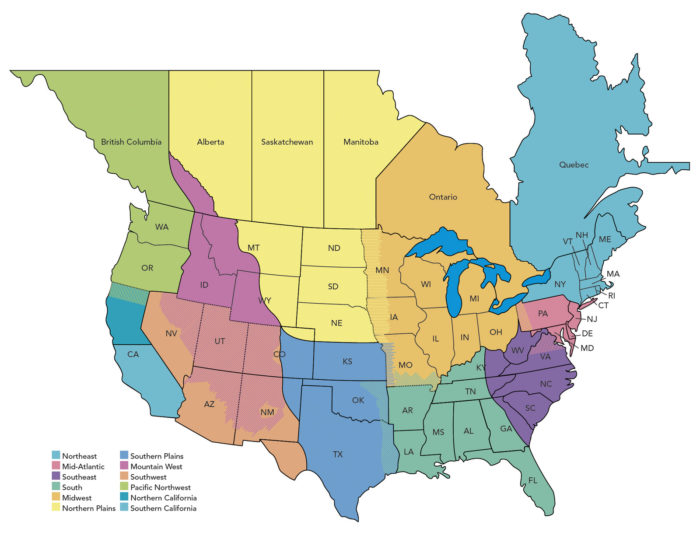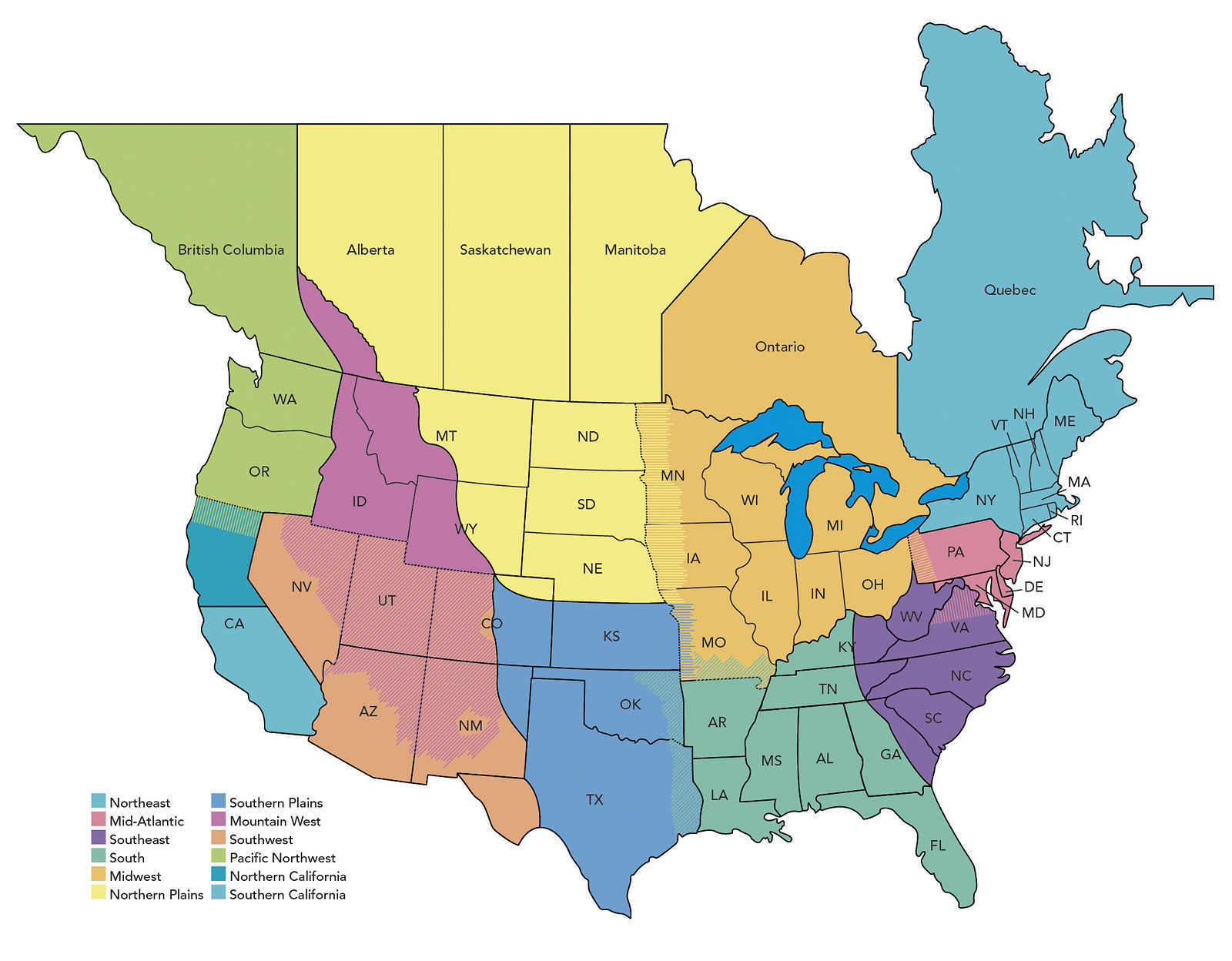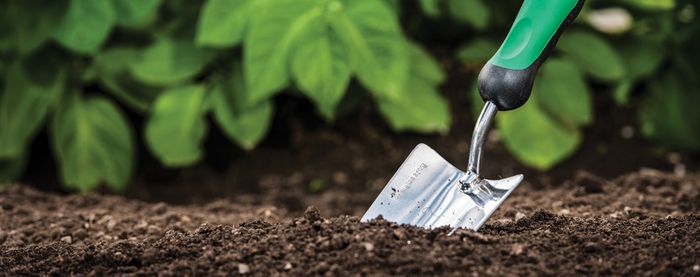What Gardening Region Am I In?
There are two ways to get a sense of what plants can survive where: zones and regions

Let’s talk about regions and zones
On FineGardening.com, there are two ways to get a sense of what plants can survive where: zones and regions.
The below map showcases how Fine Gardening divides up the regions of North America. This is not to be confused with “zones.” A “zone” in gardening refers to the USDA Hardiness Zones, the standard by which nurseries and growers categorize their plants to indicate if a plant is hardy enough to survive in that specific zonal climate. “Zone” refers to an area’s expected minimum average temperature. Higher-numbered zones stay warmer year-round than lower-numbered zones, where winter can be expected to be harsh.
Despite this, there can be some unusual overlap among zones. For example, Kingston, New York, is categorized as Zone 6a, but so are parts of Denver, Colorado. Despite the similarities in lowest average temperature in these areas, anyone could recognize that there are plants that will thrive in Kingston that wouldn’t enjoy the arid mountain air of Denver.
As a result, Fine Gardening has found it more useful to categorize our plant recommendations into regions rather than zones. This is prudent as well as useful, as a plant that grows naturally in one area of the country may actually be invasive in another part. Where possible, we have included “invasive alerts” in our articles and plant recommendations to ensure that gardeners can make informed choices. That said, regulations and best practices change, so it’s always good to double-check your state’s list of invasive species before committing to a plant you are unsure of.
Find your region above, and then visit your “My Region” page to find plant recommendations, tips, and ideas. To find out what zone you are in, visit the USDA Hardiness Zone locator tool.

Which regions do you cover? What region am I in?
The 13 regions that Fine Gardening covers are sketched out on the map. As you can see, some of these regions are very large, and some of them overlap. The boundaries between regions are likely even fuzzier than shown here, and they don’t necessarily follow state lines. We know that growing conditions and soils can vary quite a bit within a region, but our regional authors try to find plants that will work well for as many gardeners as possible in their area.
Why wasn’t my region covered in this issue?
Reader surveys consistently indicate that seven regional pages per issue is just the right number—six pages are not enough, and eight would be too many. Obviously, that means we can’t cover every region in every issue. We try to rotate through them so that each region is covered at least a couple of times per year.
I read all of the regional pages, not just my own.
Gardeners love to peek over each other’s fences to see what’s growing, and the regional pages have the same appeal. It’s fun to see what people on the other side of the country can “get away with,” and it’s always worthwhile to check out the recommendations for regions with a similar growing season to yours. For example, plants recommended for the Northeast may also be good choices for the Mid-Atlantic or Midwest. So go ahead—read the whole section, and get to know some great plants!
Other locations
Gardeners from coastal Alaska will find that the Northwest regional page may address some of their gardening concerns. Unfortunately, we do not cover areas outside of North America. We apologize to gardeners from Hawaii, Puerto Rico, and other tropical climates. Still, information on pruning, caring for houseplants, maintenance, and other generalized gardening tasks unrelated to region applies to all gardens, and we invite you to peruse at your leisure.





Comments
Log in or create an account to post a comment.
Sign up Log in